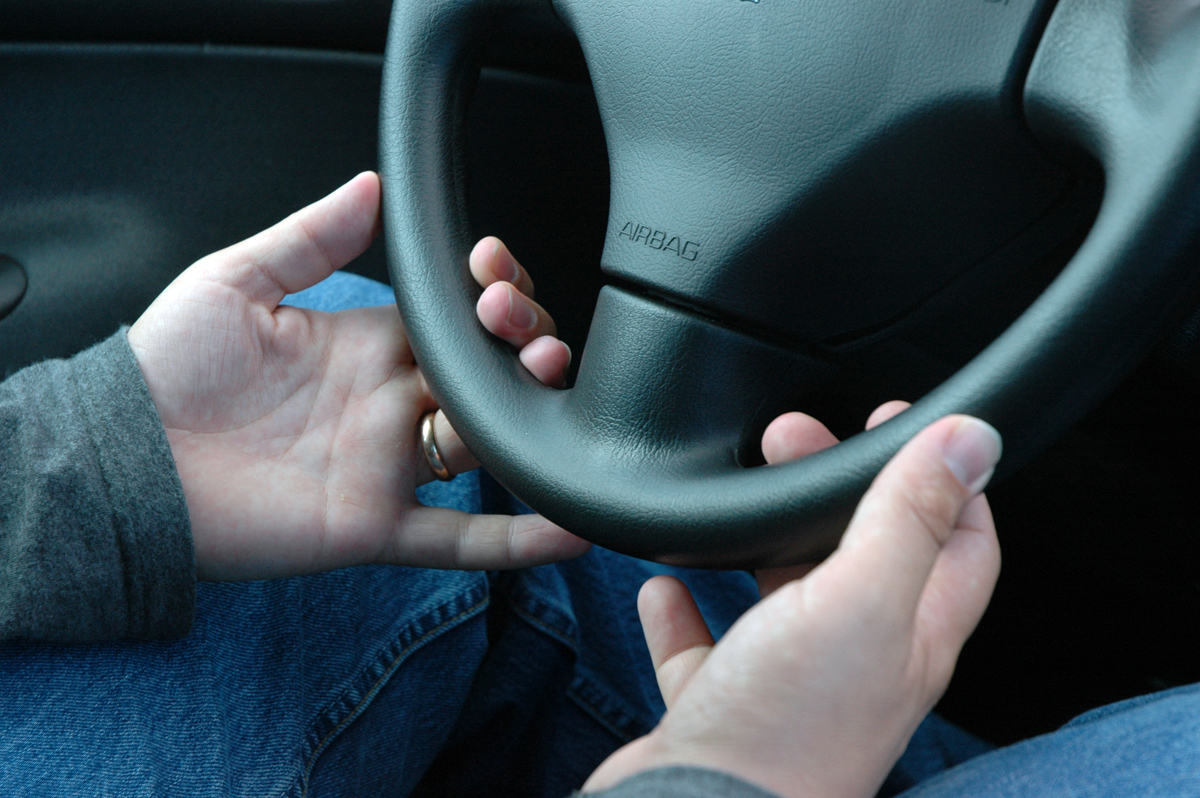For individuals recovering from a brain injury, driving can be an important part of an independent lifestyle and reintegration into the community. It’s a symbol of freedom, and can be closely tied to an individual’s identity. But the decision to return to driving post-injury can also be a source of contention and stress for brain injury survivors and their families. Before taking the step to get back behind the wheel, brain injury survivors and their families need to know the safety risks, necessary precautions, and required testing that a person must undergo prior to returning to the road. Here’s what you should know.
- Many brain injury survivors are able to return to driving. Between 40-60% of people who are diagnosed with moderate-severe brain injuries return to driving at some point after their injury.
- Brain injuries can affect cognitive, physical and visual skills – all needed for safe driving. Some skills that a brain injury can disrupt or slow down include a person’s attention, visual perceptual skills, memory, problem solving and reasoning, hand-eye coordination, reaction time and judgment. What may once be a skill that came as second nature can become something that is scary, confusing, and that takes extra time to think about.
- Consider a driving rehabilitation program. To fully assess the cognitive and physical skills described above, a primary physician, occupational therapist, certified driving instructor, and rehabilitation engineer are typically involved in a patient’s driving rehabilitation program. Although each driving program varies, participation usually requires a physician’s referral, a valid driver’s license or instruction permit, a payment method, and in some states a formal evaluation performed by a licensing bureau. The general evaluation itself consists of a two-part clinical and behind-the wheel assessment which includes a medical history, vision screening, cognitive evaluation, physical evaluation, and discussion of adaptive equipment that is needed.
As you can see, returning to driving after a brain injury can take time, patience and in-depth testing to ensure the safety of both the individual being tested as well as other drivers. For further detailed information regarding specialized driver rehabilitation programs, as well as brain injury educational resources, check out the links below.
Driving Following a Brain Injury, BrainLine.org









